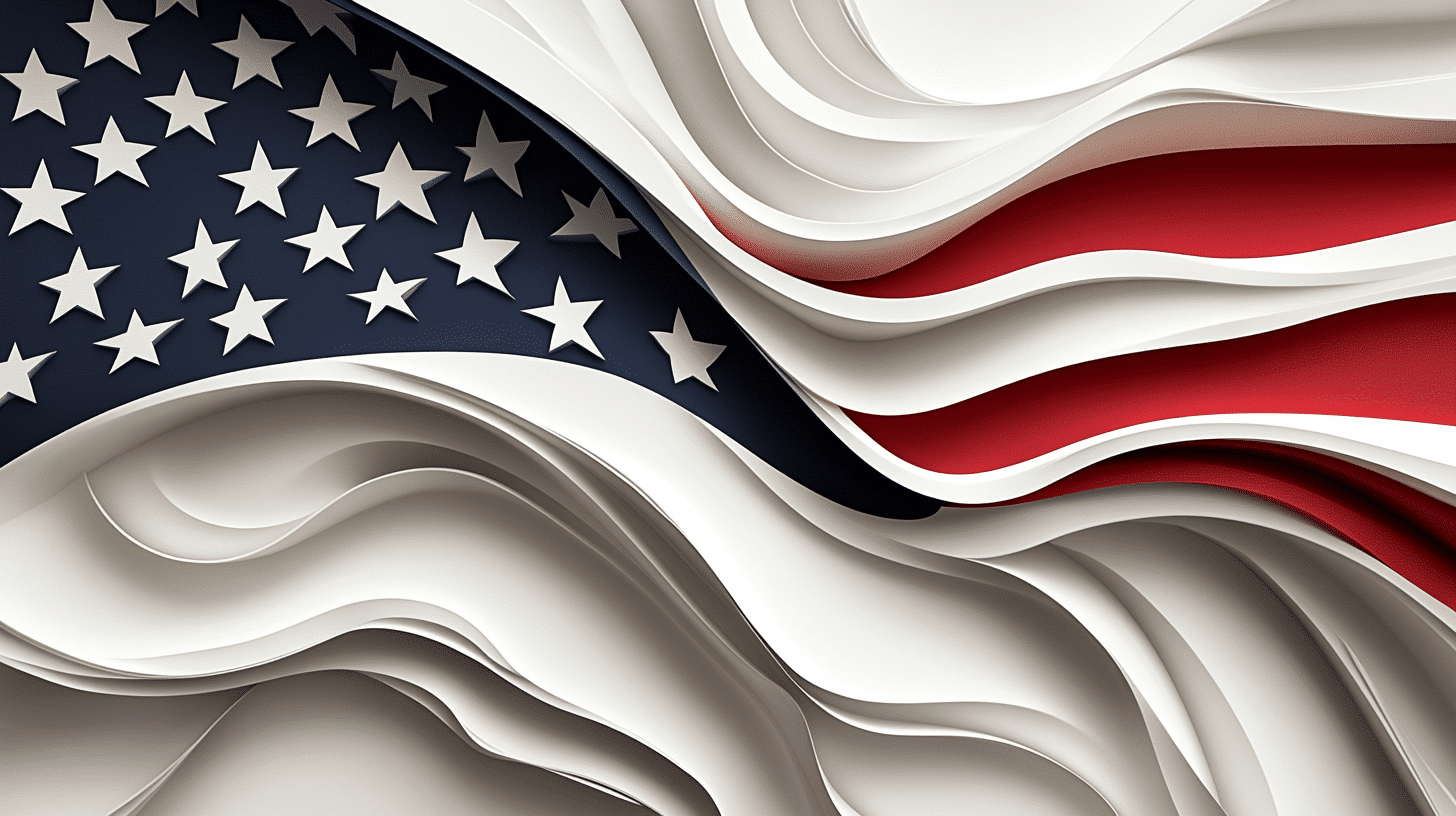What is East Meets West Day?
East Meets West Day, also known as Elbe Day, is observed on April 25th. It commemorates the historic meeting between American and Soviet troops at the Elbe River near Torgau, Germany, in 1945. This event marked a significant moment near the end of World War II, symbolizing a brief period of camaraderie between the Eastern and Western Allies against the Axis powers. The day is celebrated to remember the cooperation that can exist between divergent cultures and political ideologies during times of common challenges.
History and Origin
East Meets West Day honors the first contact between Soviet and American forces on April 25, 1945, which was an important step toward the defeat of Nazi Germany. The armies met on the Elbe River, symbolizing the linkage of the two fronts and the nearing end of the European theater of war. The celebration of this day was heightened on its 65th anniversary when U.S. and Russian leaders issued a joint statement commemorating the significance of Elbe Day, recognizing it as a pivotal moment of unity and cooperation.
Who Celebrates East Meets West Day?
- Historical Societies and War Veterans: Reflect on the historical importance of Allied cooperation during WWII.
- Educators and Students: Use the day to explore lessons on WWII history, focusing on the Elbe meeting as a symbol of East-West collaboration.
- Cultural Organizations: Promote events that emphasize the fusion of Eastern and Western cultures.
- General Public: Participate in educational events or visit WWII museums to gain insight into the significance of this historical encounter.
- Military Enthusiasts: Commemorate the military strategies and outcomes that led to this landmark event.
Themes and Slogans
East Meets West Day emphasizes themes of unity, cooperation, and the bridging of cultural divides. Slogans like “Unity at the Elbe,” “Together for Peace,” and “When East Met West, History Was Made” are used to encapsulate the spirit of this day, encouraging reflection on the past to foster a more cooperative future.
Colors, Symbols, and Patterns
- Colors: No specific colors are designated, but imagery involving the flags of the Allied nations (red, white, blue) is common.
- Symbols: The handshake or the linking of arms between different military uniforms symbolizes the alliance between the forces.
- Patterns: Visuals often include maps showing the convergence of troops and historical photographs from the event.
Most Used Hashtags
- #EastMeetsWestDay
- #ElbeDay
- #WWIIHistory
- #AlliedForces
- #HistoricalUnity
How to Celebrate
- Learn about WWII History: Educate yourself and others about the events leading to the meeting at the Elbe and its historical significance.
- Visit a War Museum: Take a trip to a museum focused on World War II to see artifacts and learn more about the period.
- Read Stories from Veterans: Explore personal accounts from those who lived through the war to gain a personal perspective on the impact of the Elbe meeting.
- Honor Veterans and Survivors: Recognize and pay tribute to the veterans and survivors of World War II for their sacrifices.
- Share on Social Media: Use designated hashtags to share knowledge and spread awareness about this important day in history.
East Meets West Day serves as a reminder of what can be achieved when nations unite for a common cause. It’s a day to reflect on the past with the hope of inspiring greater cooperation in the future.
